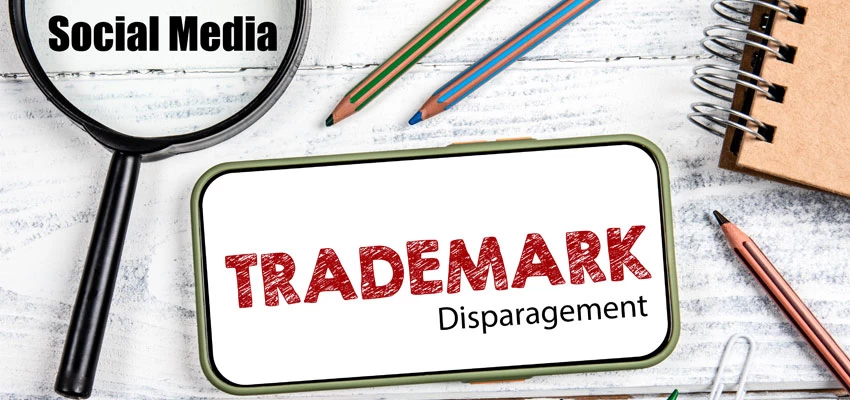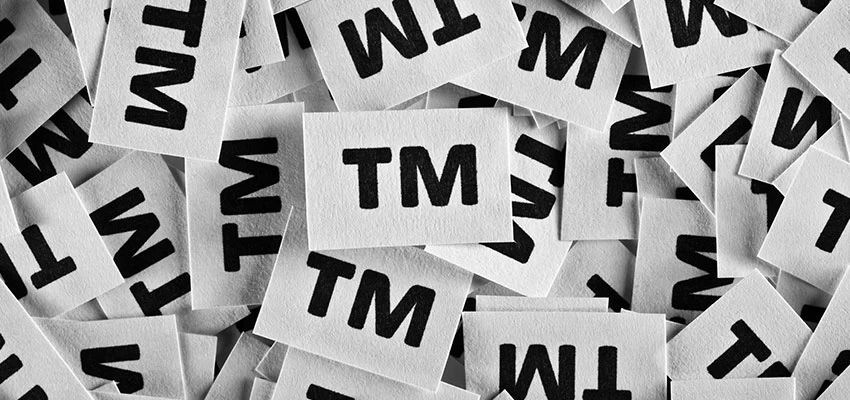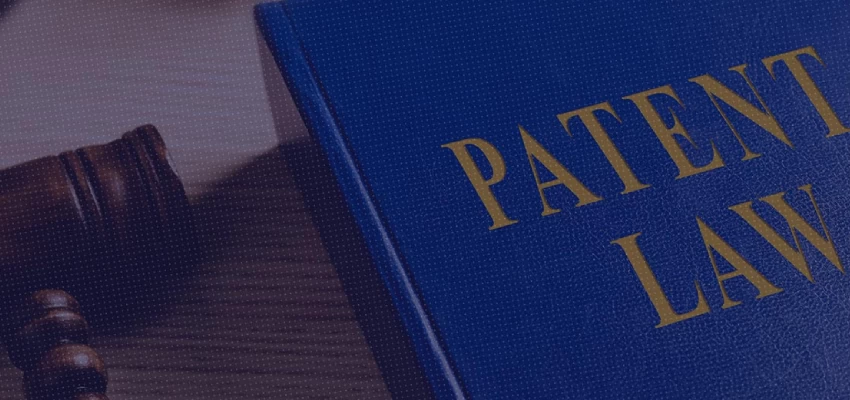In these times of globalization, it has become increasingly common for infringers to devise similar/identical trademarks to ride upon the goodwill and reputation which has been painstakingly built by registered proprietors. While, the most common remedy available towards such unauthorized use before a court of law is by way of instituting an infringement and/or passing off action, it is important to bear in mind the limits and extent of the rights of a registered proprietor. A registered proprietor of a trademark is required to remain cautious with respect to misuse of his or her trademark by others, failing which the registered proprietor may be disentitled from taking any legal action against the alleged offenders. Such disentitlement, referred to as ‘acquiescence’, therefore is a concept that every trademark owner must know and understand.
Acquiescence has been defined under the Trade Marks Act, 1999 as follows[1]:
Section 33:
- Where the proprietor of an earlier trade mark has acquiesced for a continuous period of five years in the use of a registered trade mark, being aware of that use, he shall no longer be entitled on the basis of that earlier trade mark—
- to apply for a declaration that the registration of the later trade mark is invalid, or
- to oppose the use of the later trade mark in relation to the goods or services in relation to which it has been so used, unless the registration of the later trade mark was not applied in good faith.
- Where sub-section (1) applies, the proprietor of the later trade mark is not entitled to oppose the use of the earlier trade mark, or as the case may be, the exploitation of the earlier right, notwithstanding that the earlier trade mark may no longer be invoked against his later trade mark.
Interpreting the aforesaid provision, it may be ascertained that the proprietor of an earlier trade mark is automatically disentitled from restraining any other user from the use and registration of a later trade mark, similar to the earlier trade mark, if the proprietor of the earlier trade mark fails to take any action against the other user for using the earlier trade mark for a continuous period of five years, despite being aware of such use by the other user. However, the proprietor of the earlier trade mark may be entitled to challenge the use of the later trade mark, if the later trade mark has not been applied in good faith. If the proprietor of the earlier trade mark is able to prove that the later trade mark has been adopted in bad faith to trade upon the goodwill and reputation associated with the earlier trademark, then the defense of acquiescence will not be available to the proprietor of the later trade mark. However, if the proprietor of the later trade mark takes the defense of acquiescence, then the proprietor of the later trade mark is also barred under this provision to challenge the use of the earlier trade mark.
Elements of acquiescence[2]
In order to successfully establish the defense of acquiescence, the proprietor of later trade mark will be required to establish the following:
- That the proprietor of the earlier trade mark had prior knowledge of the use of the later trade mark;
- The proprietor of the earlier trade mark encouraged that course of action, either by statements or conduct. The term ‘encouragement’ here may include inaction on part of the proprietor of the earlier trade mark to send any legal notice to the proprietor of the later trade mark expressing objection towards such use of a similar trade mark or filing of an opposition/rectification before the Trade Marks Registry objecting registration of such trade mark.
The proprietor of later trade mark thus must show that despite the knowledge of such use of the later mark, the proprietor of earlier trade mark chose not to take any action against the proprietor of the later mark for more than 5 years and such inaction by the proprietor of the earlier trade mark encouraged the proprietor of the later trade mark to continue use of such mark. The proprietor of the later mark thus continued to use the mark with the assumption that the proprietor of the earlier trade mark has no objection towards the use of the later trade mark.
Burden of proof
It is well-settled that when a suit of infringement and/or passing off action is instituted before a court of law, the burden of proof towards availing the defense of acquiescence lies on the defendant.[3] In addition, the defendant may also be required to prove that the adoption and use of the later trade mark has been made in good faith and the defendant had no intention to ride upon the goodwill and reputation associated with the earlier trade mark.
Precedents
The Supreme Court of India in the case of Power Control Appliances v. Sumeet Machines Pvt. Ltd.[4], observed that “Acquiescence is sitting by, when another is invading the rights and spending money on it. It is a course of conduct inconsistent with the claim for exclusive rights in a trade mark, trade name etc. It implies positive acts; not merely silence or inaction such as is involved in laches.”
Further, the Supreme Court in the case of Ramdev Food Products (P) Ltd. v. Arvindbhai Rambhai Patel and Ors.,[5] observed that “Acquiescence is a facet of delay. The principle of acquiescence would apply where: (i) sitting by or allowing another to invade the rights and spending money on it; (ii) it is a course of conduct inconsistent with the claim for exclusive rights for trade mark, trade name, etc.”
The Apex Court thus clarified that acquiescence is a form of delay where the proprietor of an earlier trademark allows the proprietor of the later mark to build its mark over the course of time by spending money, time, and effort without asserting its exclusive rights associated with it and such conduct could also be implied by positive acts.
The High Court of Delhi in the case of Hindustan Pencils Pvt. Ltd. v. India Stationery Products[6], observed that “there should be a tacit or an express assent by the plaintiff to the defendant's using the mark and in a way encouraging the defendants to continue with the business. In such a case the infringe acts upon an honest mistaken belief that he is not infringing the trade mark of the plaintiff and if, after a period of time when the infringe has established the business, reputation, the plaintiff turns around and brings an action for injunction, the defendant would be entitled to raise the defense of acquiescence.”
The High Court thus clarified that acquiescence is caused by the proprietor of earlier trade mark when it has encouraged the proprietor of later mark to continue with its business. This leads the proprietor of later mark to believe that it is not encroaching upon the rights of the proprietor of earlier trade mark. However, if over a period of time when the proprietor of the later mark has established a name and business for itself and later, the proprietor of earlier trade mark institutes an action for injunction before a court of law, then the proprietor of later mark is well entitled to raise the defense of acquiescence.
The Delhi High Court in the case of Jolen Inc. v. Doctor & Company[7], observed that “In trade mark cases the plea of acquiescence is therefore available only if the defendant succeeds in proving that the plaintiff has been not only standing by but also turning a blind eye for a substantial period. If the defendant succeeds in proving the aforesaid conduct of the plaintiff, then the plaintiff cannot be allowed to trample upon and crush the business or the trade set up by the defendant.”
The High Court emphasized that in order to raise the defense of acquiescence before a court of law, the proprietor of later mark would necessarily be required to show that the proprietor of earlier trade mark has not taken any action or expressed discontent over a substantial period of time.
Conclusion
The law relating to acquiescence thus serves to safeguard and protect the rights of a trademark user who has invested time, money, and effort in developing a business and a brand in good faith and without the knowledge that the mark is similar to that of an earlier registered mark. The law thus prevents the later user from any injustice that may be caused upon the user by taking away the proprietary rights in the trademark being used for more than five years. The law requires the registered proprietors to be vigilant towards the misuse of their registered trade mark and to timely take action against such misuse or attempts to register a similar mark. It is to be kept in mind that where the intention towards the adoption and use of the trade mark by the later user is genuine and made in good faith, the use of such trade mark by the later user cannot be restrained by the registered proprietor. Further, while the later user is safe from any action by the registered proprietor, the proprietor of later mark is itself barred from restricting the use of the earlier trademark.
[Pulkit Doger and Raghav Sarda are Joint Partners while Sidharth Shahi is a Senior Associate in Intellectual Property Rights team at Lakshmikumaran & Sridharan Attorneys, New Delhi]
- [1] Section 33 of the Trade Marks Act, 1999
- [2] Essel Propack Ltd. vs. Essel Kitchenware Ltd. and Ors. 2016(66) PTC173(Bom)
- [3] Ramdev Food Products Pvt. Ltd. vs. Arvindbhai Rambhai Patel and Ors. (2006)8SCC726
- [4] 1994 SCC (2) 448
- [5] (2006) 8 SCC 726
- [6] AIR 1990 Delhi 19
- [7] 2002 (25) PTC 29 Del











